Yes, but we’re a long way from reaching it.
The world’s tallest building is currently the Burj Khalifa, at 830 meters.
In 1995, the Japanese proposed a mega-skyscraper, the X-Seed 4000. This thing would be 4 km high, with an even broader 6.7 km base. It’s shaped (perhaps not coincidentally) like Mount Fuji.
The real limits are economic. The X-Seed 4000 would cost about $1.4 trillion. And there are logistical and environmental limits as well. Such large structures start to affect weather patterns, just like mountains do. You need a large amount of infrastructure to provide transport of people and supplies to and from this city-in-a-box.
Vertical transport is an issue. Modern skyscrapers are built around their elevator cores. As buildings get taller, these become more complex. Higher speed and capacity is needed. At some point, the elevators and their associated machinery take up an unacceptable fraction of the building’s volume.
Building much higher than the X-Seed 4000 is possible engineering-wise, but you begin to run into problems keeping your occupants alive. The building’s upper reaches would have to be sealed and pressurized, like a high flying aircraft.
The Burj Khalifa
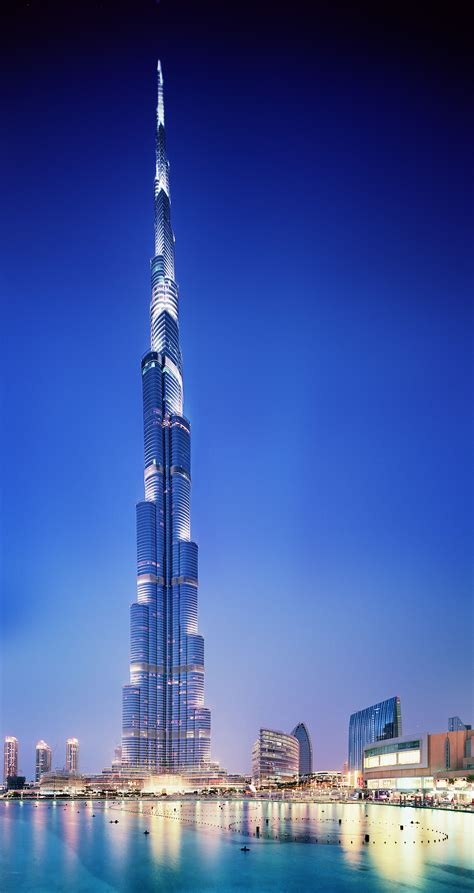
X-Seed 4000
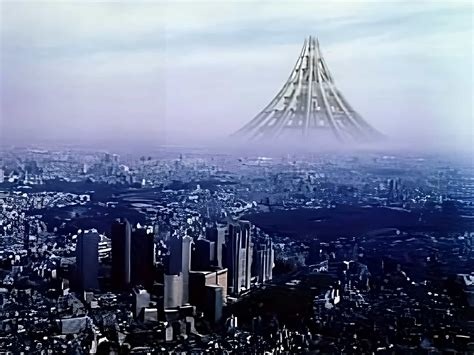
This one isn’t as tall as either one. It would be 1907 feet tall*, making it the tallest in the US. But it’s proposed for the flat plains of Oklahoma City. I bet it’ll look amazing, but as out of place as an ostrich at a sparrow party.
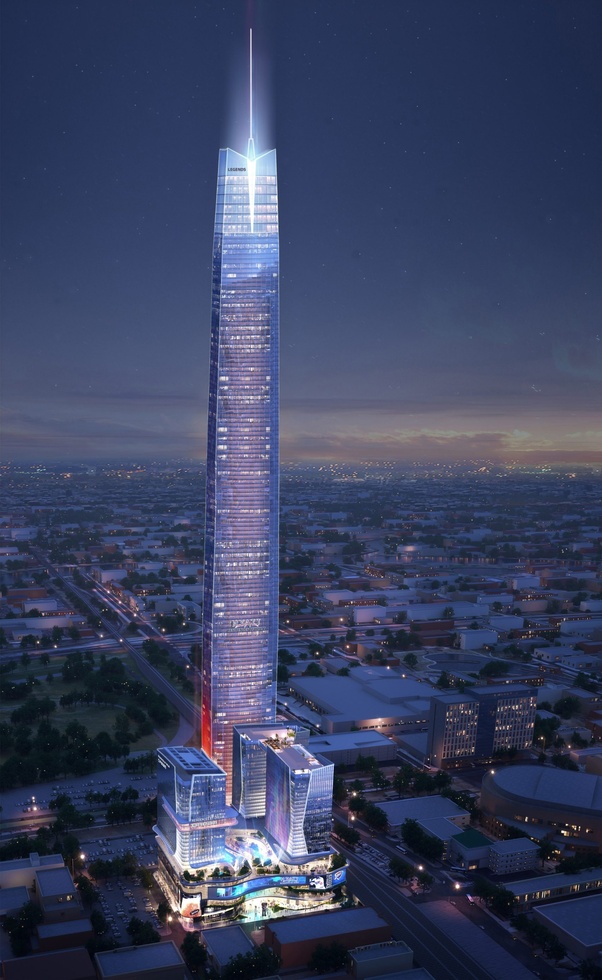
- 581.3 m, for the commenter who complained my units weren’t consistent.
From an engineering standpoint not really, but buildings beyond maybe 20 stories tend to be uneconomical in most cases. The reason is:
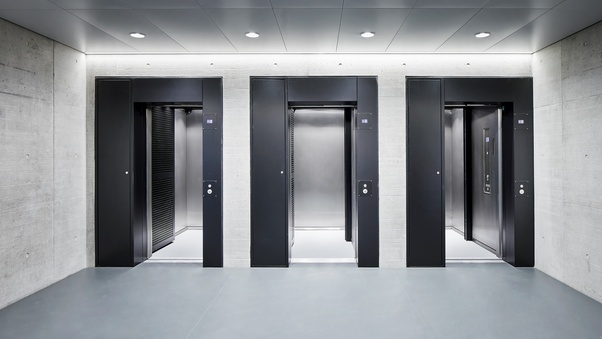
The elevator
Think of a building like a small town, but built vertically. People need to come to their workplaces and leave. This needs to be done quickly and effeciently, if it takes an hour of queuing to get into an elevator to get you to your desired floor the building will be largely useless. If we come back to our small town, it only has one narrow road everyone must take to get whereever and traffic jams are inevitable.
The solution to this are multiple elevator shafts and various tricks of express elevators to entire floor sections where you need to switch to a more local elevator. These effectively turn the 100-storey building into let’s say 10 10-storey buildings one on top of another.
This is all fine and well, but 10 10-storey buildings will be cheaper and more versatile than one 100-storey behemoth. Taller skyscrapers than 10 or maybe 20 storeys are only good in isolated cases where you really need to have that much office space packed close together and the land is too expensive to build a sprawling complex like the Google or Microsoft did and you can’t move your company someplace where you could build that. There are only a few cities in the world that qualify and building taller and taller buildings is usually inferior to building more a bit smaller ones.
Two 100-storey skyscrapers will provide more office space than one 200-storey due to needing less interior space for elevators and they’ll be cheaper and quicker to build too. The theoretical engineering limit is probably beyond 2 km at this point, but the very practical architectual limit means such buildings will be exclusively vanity projects, with any commercial value only being an afterthought.
It depends on:
- The maximum height allowed by our planet.
For example,
on Earth, the tallest guy,
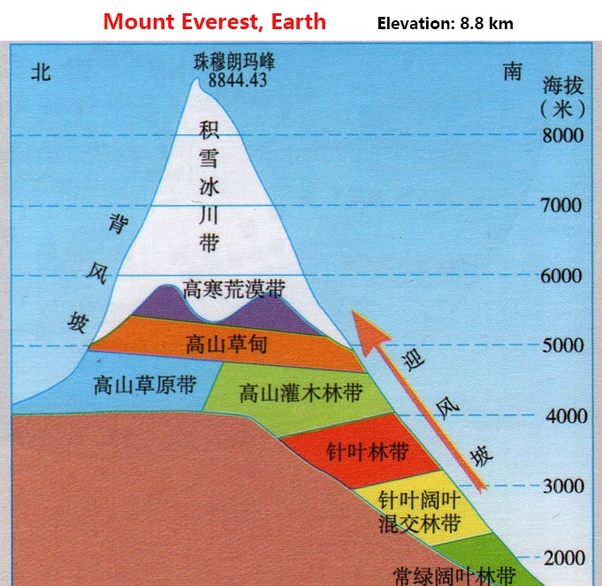
and on Mars, the tallest guy,

Since these two fellas are both the result of gravity, material strength, geological activity, and natural erosion, etc. I believe, there always be a theoretical height limit, and it can be roughly estimated using this formula “h=σ/ρg”.
If we were simply piling up a mountain, assuming:
1.the compressive strength of steel is 500 MPa (my Ford car uses steel with a compressive strength of up to 1700 MPa for some body parts, so high-strength steel isn’t that mysterious, but here we’ll use 500 for simple),
2.with a density of 7900 kg/m³ (7850 kg/m³),
3.and a gravitational acceleration of 9.8 m/s²,
let’s do the maths, the height would be around 6 km.
Of course, we’re now talking about skyscrapers, not mountains, the materials require consideration of both compressive strength and tensile strength. So the choice of materials, as well as the design of the building’s truss structure, exoskeleton structure, etc., will have a significant impact on the height. Like, carbon fiber reinforced materials, which can have a compressive strength of maybe 5000 MPa and a tensile strength of maybe 1000 MPa. However, its density is only 1500 kg/m³, much lower than the density of steel, and also lower than that of reinforced concrete.
I’m not a civil engineer, so I can’t tell you what the maximum height of a skyscraper that our planet allowed would be. But, 20 km seems feasible, I guess.
- The maximum height we can achieve.
Since we are building a skyscraper, not a mountain or a pyramid, let’s consider what a skyscraper entails.
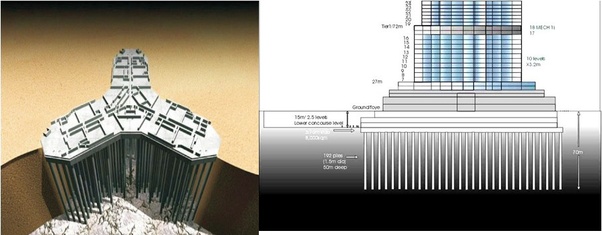
The Burj Khalifa Tower stands at over 800 meters tall, so what if we were to build an 8,000-meter skyscraper?
1. We might need to occupy the land area of an entire city and excavate an underground city beneath it. Is this feasible?
2. We would need to ensure the building’s structure can withstand wind loads, earthquakes, temperature gradients (such as vertical gradients), and cyclic temperature variations (such as day-night). Is this achievable?
Therefore, considering the social challenges as well as the engineering design and construction difficulties, the height we can achieve for a skyscraper is far far lower than the maximum height allowed by our planet.
So, I believe that occupying the land area of two city blocks, excavating a 200-meter-deep underground space, and constructing a 2000-meter skyscraper seems feasible.
- The maximum height (reasonable).
In addition to addressing social challenges such as land use, etc., we must also consider where the money will come from.
Money from capitalists:
If a capitalist is willing to invest 1 dollar, he must expect 10 dollars in return. Taking the Burj Khalifa Tower as an example, 2 billion for 800 meters, assuming 20 billion for 2000 meters. How do you make a capitalist believe that he could earn $200 billion from it?
Government funding:
If China says, “We will surpass the UAE and build the tallest skyscraper on Earth,” you would soon hear complaints from Shanghai folks. It could be (including but not limited to…): The building
1.blocks natural sunlight in their community,
2.disrupts the underground structure, causes land subsidence,
3.affects their children’s education, and impacts access to healthcare…
Therefore, the government would need to ensure that all these issues are resolved by building a new community, new schools, new hospitals, etc. As a result, the initial budget of 20 billion could balloon to 50 billion by the time just 10% of the project is completed.
Similarly,
if the US says, “We will surpass China and build the tallest skyscraper on Earth,” you would likely find…,
I’m not familiar with the specifics of New York in America, but I imagine the outcome would be similar, if not worse—perhaps $50 billion spent before the project even begins…
Therefore, I believe that the height of the Burj Khalifa Tower seems to be close to the limit, theoretical and reasonable, or perhaps a little bit higher—around 1200 meters, 1300 meters... Something like this.






